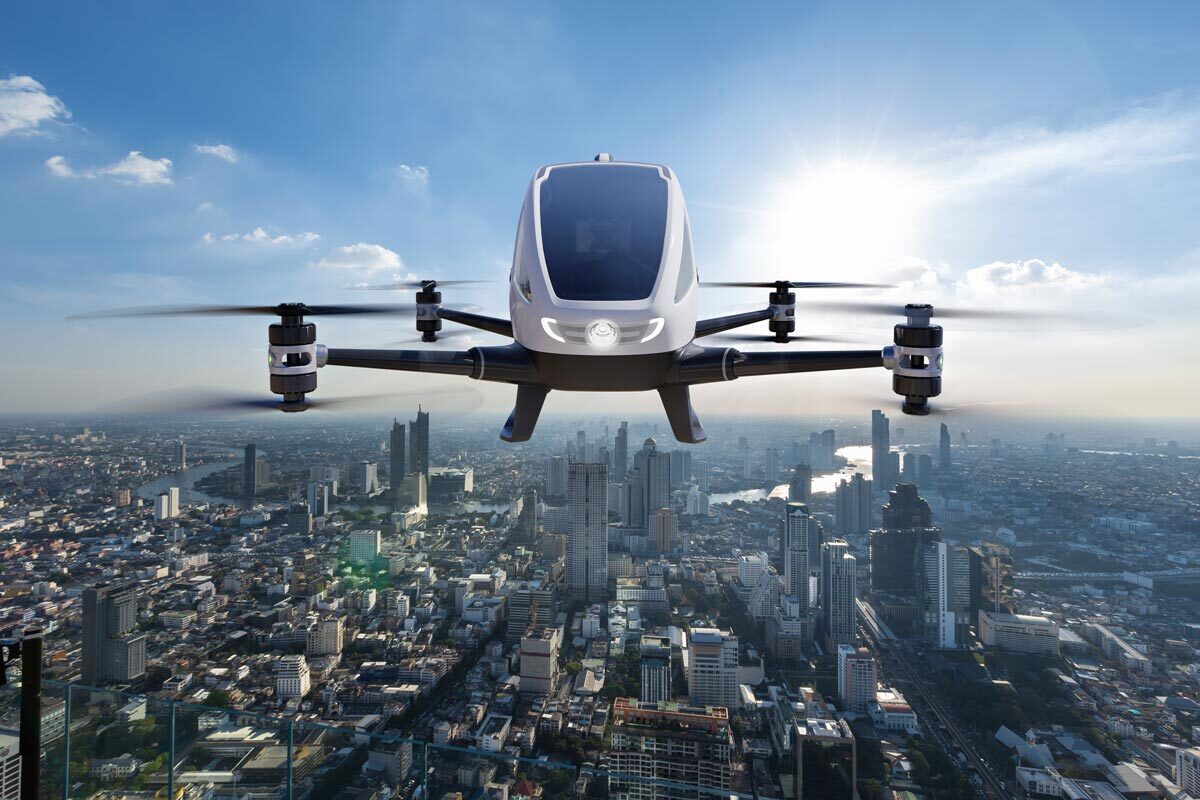
Aviation technology has come a long way since the Wright brothers' first flight. Today, it's a field buzzing with innovation and advancements that make flying safer, faster, and more efficient. But what are the latest trends shaping the future of aviation? From electric planes to autonomous drones, the industry is evolving at a rapid pace. Sustainable aviation fuels and advanced air traffic management systems are also making headlines. Curious about how these trends impact your next flight or the environment? Let's dive into 15 fascinating facts about the cutting-edge developments in aviation technology that are transforming the skies. Buckle up and get ready for a high-flying adventure through the world of aviation tech!
Key Takeaways:
- Electric aircraft are changing aviation by being eco-friendly, quieter, and cost-effective. They reduce carbon emissions, use advanced battery technology, and lower operating costs.
- Automation in aviation is improving safety and efficiency. Autonomous flight systems, drones, and artificial intelligence are revolutionizing how planes are flown and maintained.
The Rise of Electric Aircraft
Electric aircraft are transforming aviation with cleaner, quieter flights. Here are some key facts about this trend.
- Electric aircraft reduce carbon emissions significantly, making them eco-friendly.
- Battery technology advancements are enabling longer flights and faster charging times.
- Noise pollution is minimized with electric engines, benefiting communities near airports.
- Operating costs are lower due to reduced fuel consumption and maintenance needs.
Autonomous Flight Systems
Automation is revolutionizing how planes are flown, enhancing safety and efficiency.
- Autonomous flight systems use advanced algorithms to assist pilots or even fly planes without human intervention.
- Drones are leading the way in autonomous technology, used for everything from deliveries to surveillance.
- Artificial intelligence helps in predictive maintenance, identifying potential issues before they become problems.
- Pilot training is evolving with simulators that incorporate autonomous system scenarios.
Sustainable Aviation Fuels (SAF)
Sustainable fuels are crucial for reducing aviation's environmental impact. Let's explore some facts about SAF.
- SAF can reduce lifecycle greenhouse gas emissions by up to 80% compared to traditional jet fuel.
- Feedstocks for SAF include waste oils, agricultural residues, and even algae.
- Blending SAF with conventional fuel is already happening, with some airlines committing to higher SAF usage.
- Government incentives and regulations are encouraging the adoption of SAF in the aviation industry.
Advanced Aerodynamics
Innovations in aerodynamics are making planes more efficient and faster. Here’s what you need to know.
- Winglets on aircraft wings reduce drag, improving fuel efficiency and range.
- Laminar flow technology helps in reducing air resistance, leading to smoother flights.
- Composite materials are being used to build lighter, stronger aircraft, enhancing performance and reducing fuel consumption.
The Future of Aviation Technology
Aviation technology is evolving at a breakneck pace. From electric aircraft to autonomous flying, the industry is pushing boundaries. Sustainable aviation fuels are becoming more common, reducing the carbon footprint. Advanced materials like carbon composites make planes lighter and more efficient. Artificial intelligence is optimizing flight paths, saving fuel and time. Supersonic travel might soon be a reality again, cutting long-haul flight times drastically. Urban air mobility is on the horizon, promising to change how we commute. Drones are not just for fun; they're revolutionizing cargo delivery and surveillance. Blockchain technology ensures secure and transparent transactions in aviation. Virtual reality is enhancing pilot training, making it safer and more immersive. The future of aviation is not just about getting from point A to B; it's about doing so smarter, faster, and greener. Buckle up, the sky's the limit!
Frequently Asked Questions
Was this page helpful?
Our commitment to delivering trustworthy and engaging content is at the heart of what we do. Each fact on our site is contributed by real users like you, bringing a wealth of diverse insights and information. To ensure the highest standards of accuracy and reliability, our dedicated editors meticulously review each submission. This process guarantees that the facts we share are not only fascinating but also credible. Trust in our commitment to quality and authenticity as you explore and learn with us.


